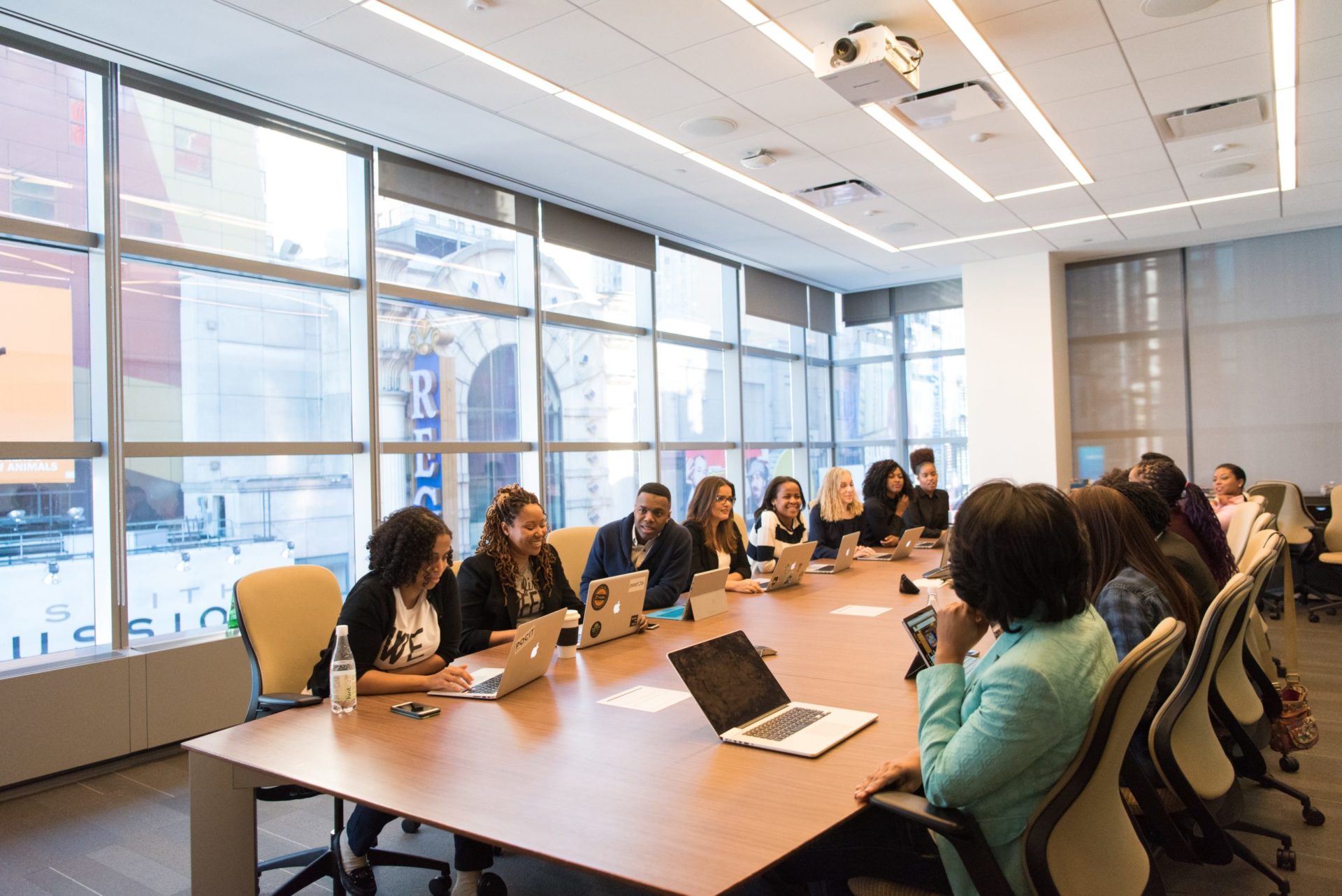Diversity, equity, and inclusion (DEI) remain top of mind for HR and learning and development professionals. A focus on DEI, both as an organizing principle of workplace culture and as a strategic business advantage, is an increasingly important topic for organizational leaders outside of the HR department. The recognition of the workplace as a working and learning community for an increasingly diverse workforce has made all of us more attuned to the need for continued discourse, education, and hr training around diversity, equity, and inclusion.
Today’s workforce is one of the most diverse in our nation’s history. In the workplace, the definition of “diversity” is both expanding upon quantifiable demographic traits like race, ethnicity, and gender; and recognizing the importance of the intersection of identities on the employee experience.
While there is a clear throughline of a diverse workforce to better business outcomes such as generating new, innovative ideas and better business performance; leaders are having to focus intentionally on the organization’s workplace culture, employee engagement and satisfaction, and the legal implications of bringing together a workforce that is anything but homogenous.
Let’s take a look at 4 diversity, equity, and inclusion trends for 2021.
1. A Focus on the Multigenerational Workforce
The workforce is aging—and changing considerably in terms of generational makeup. There are now five, or more, generations in the workplace ranging from the Silent generation (those born between 1928 and 1945 with some still holding down full or part-time jobs), Baby Boomers (born between 1946 and 1964), Generation X (born between 1965 and 1980), Millennials or Generation Y (born between 1981 and 1996) and the newest cohort, Generation Z (born since 1997).
With each of these generations comes distinct employee expectations around topics such as reskilling/upskilling in the age of automation, holistic employee wellness programs (with a fine point on mental wellness), connecting work to social impact and purpose, flexible work arrangements, leveraging social media within and outside the workplace, crystallizing what it means to “bring your full self to work”, and a myriad of other issues that will impact future inclusion and diversity training.
DEI Training Facilitator’s Guide
Exercises to start and moderate productive conversations
2. The Impact of Unconscious Bias in the Workplace
Implicit or unconscious bias, the tendency to process information based on unconscious associations or feelings, is not necessarily a new discussion topic in the workplace. What you can expect to see is a focused lens on how the biases, particularly of managers and leaders, have an impact on an organization’s culture and the progress (or lack thereof) towards a diverse and inclusive workplace. A recent Harvard Business Review Article highlights the impact that affinity and gender bias have on the relationships between women in the workplace.
Bringing together a workforce that has a variety of perspectives, experiences, lived experiences and is representative of the communities that organizations serve is the comparative advantage of diversity. You can expect more information on how our personal biases (because we all have them!) influence workplace decisions and ways business leaders can minimize the impact of unconscious bias.
3. Supporting Gender Identity and Expression
Gender identity and gender expression/presentation have been a much-talked-about subject in recent years, with rising awareness of the challenges faced by employees who do not identify with their sex assigned at birth. In September, Merriam-Webster recognized “they” as a singular, non-gender-specific pronoun.
Organizations around the country—from retail settings like Target to corporations—are grappling with issues related to the use of gender-specific restrooms, many simply offering gender-neutral options. HR departments are focused on providing healthcare benefits that are inclusive of employees who are transitioning. Managers are in need of education around the language and their responsibility related to an employees’ gender identity and expression.
As the movement to recognize and accept transgendered and gender non-binary employees continue, it’s likely we’ll see more focus on updating diversity, equity, and inclusion training along with a need to have internal conversations and education around gender-inclusivity.
4. Shifting From Diversity and Inclusion to Diversity, Equity, and Inclusion
The past few years have brought to the forefront that a focus on diversity, or increasing representation of people from various backgrounds, perspectives, and experiences, is only part of the equation. Inclusion, making space and amplifying the voices of everyone in the workplace, equally, is another. Both of these concepts will remain a top focus for organizations in years to come.
Many forward-leaning organizations are also focusing on the idea of ‘equity’ as part of their overall strategy. Equity in the workplace manifests in a range of ways from unpacking decision points that lead to pay inequity, exploring equity in talent development investments, and leveraging initiatives like Business Resource Groups (or Affinity Groups) as a vehicle to address equity succession planning.
The focus on equity in the workplace will be a magnified topic as businesses are being called to operate with a deeper level of transparency around compensation reporting, board representation, harassment reporting, advancement, and other talent management practices.

